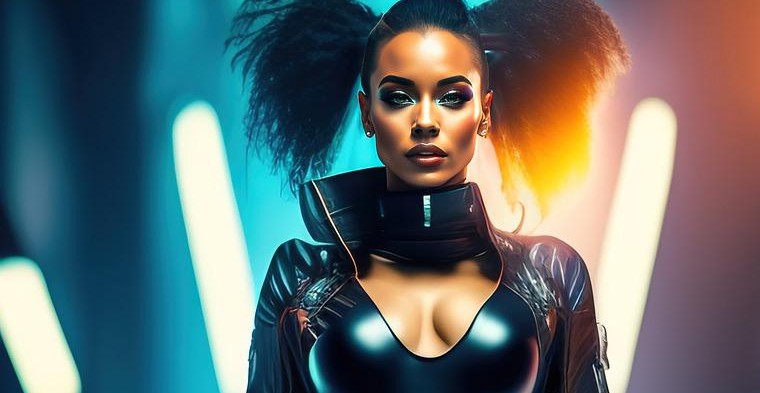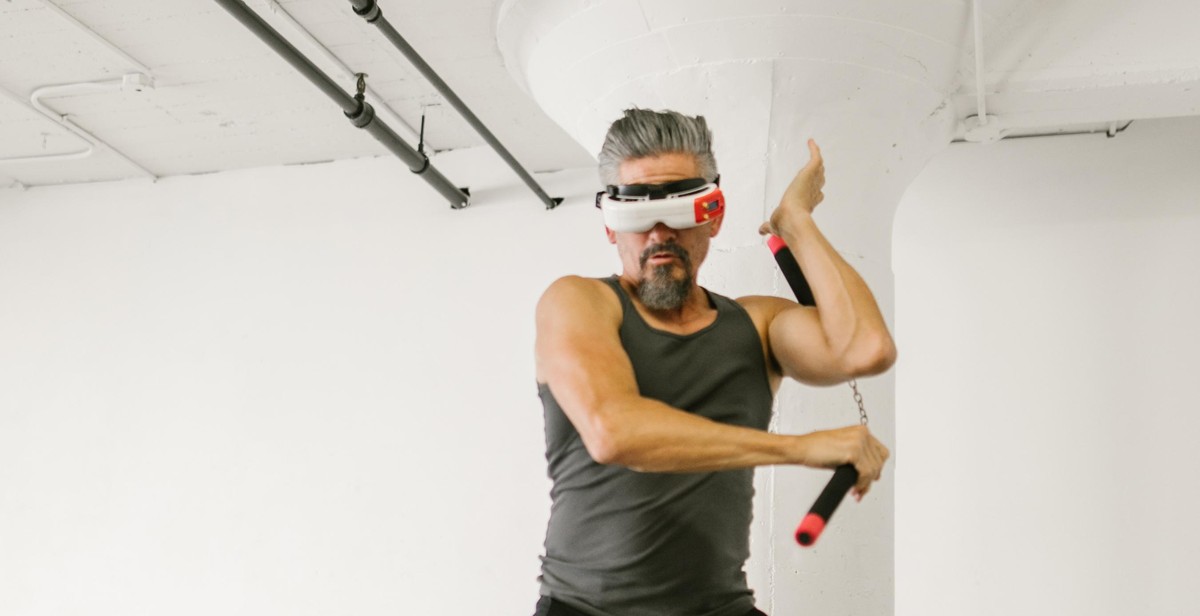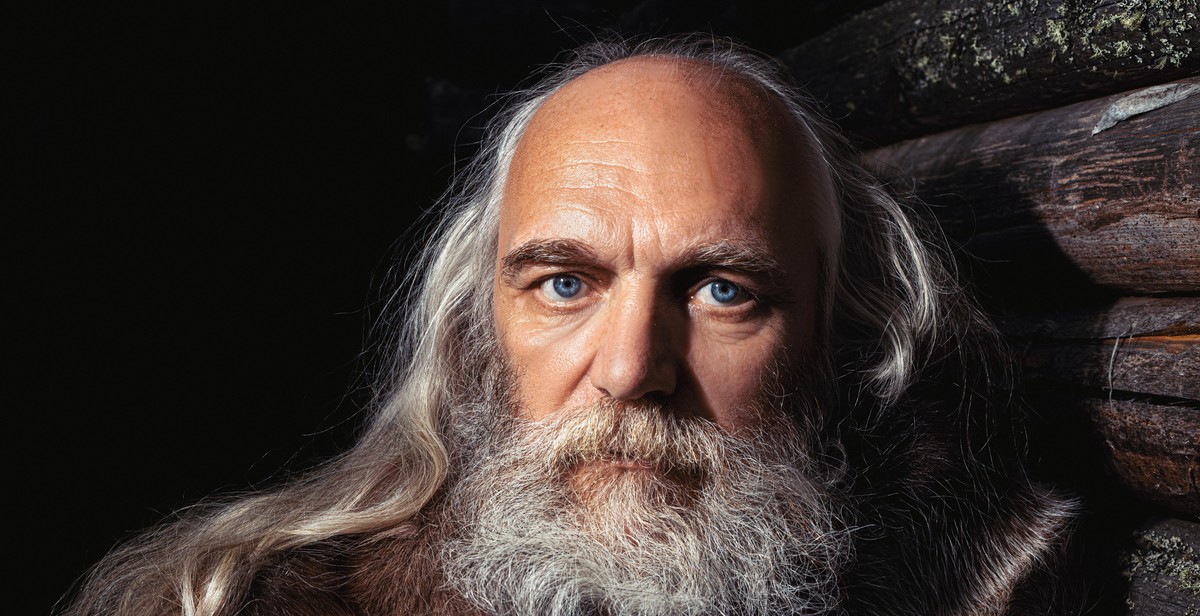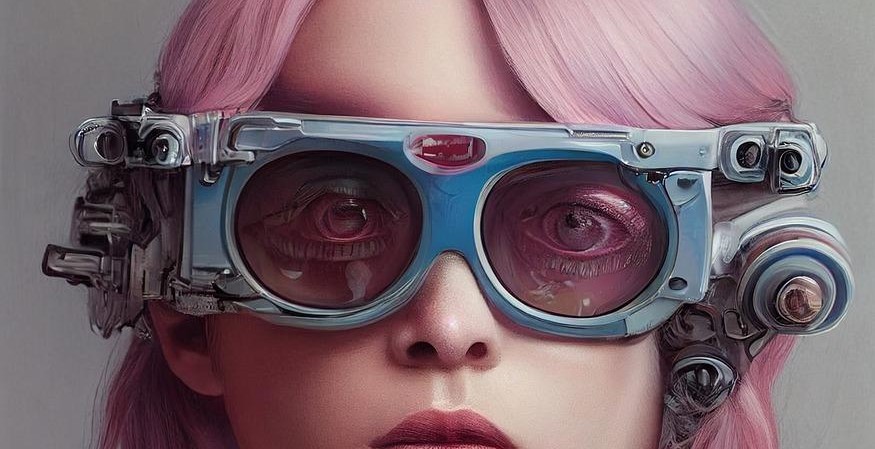AI in the Art World: Redefining Creativity and Expression
Artificial Intelligence (AI) has emerged as a transformative force in various industries, and the art world is no exception. With its ability to analyze vast amounts of data, learn from patterns, and mimic human behavior, AI is revolutionizing the way artists create and audiences experience art.
AI-powered technologies are enabling artists to push the boundaries of creativity and expression. From generating unique artworks to enhancing traditional art forms, AI is opening up new possibilities for artists to explore. Through machine learning algorithms, AI can analyze artistic styles, techniques, and themes, allowing artists to experiment with different combinations and produce innovative and thought-provoking pieces.
Furthermore, AI is transforming the way art is consumed and appreciated. With the help of AI, art enthusiasts can now discover personalized recommendations based on their preferences and interests. AI algorithms can analyze individual preferences, art history, and cultural context to curate tailored experiences, enhancing the engagement and enjoyment of art for both casual viewers and seasoned connoisseurs.
However, the integration of AI in the art world also raises questions about the role of technology in the creative process and the authenticity of AI-generated art. Critics argue that AI may undermine the uniqueness and human touch that define traditional art. Nevertheless, the potential of AI to redefine creativity and expression in the art world cannot be ignored.

The Impact of AI on the Art World
Artificial Intelligence (AI) has emerged as a game-changer in the art world, revolutionizing art creation, enhancing artistic techniques, and expanding art accessibility. With its ability to analyze vast amounts of data and simulate human-like creativity, AI is redefining the boundaries of what is possible in the world of art.
Revolutionizing Art Creation
AI algorithms have the power to generate original artworks, challenging traditional notions of creativity. Through machine learning, AI systems can analyze vast amounts of existing art and create unique pieces that mimic various styles and techniques. This has opened up new avenues for experimentation and exploration in art creation, pushing the boundaries of traditional artistic expression.
Enhancing Artistic Techniques
AI tools and software have become invaluable resources for artists, providing them with new ways to refine their techniques and explore innovative approaches. Machine learning algorithms can analyze and interpret visual data, offering insights and suggestions that enhance an artist’s creative process. This collaboration between human artists and AI technology has the potential to produce extraordinary results, pushing artistic boundaries and inspiring new artistic directions.
Expanding Art Accessibility
AI has played a significant role in making art more accessible to a broader audience. Through virtual reality (VR) and augmented reality (AR) technologies, AI has made it possible for people to experience art in immersive and interactive ways. These technologies allow users to explore art exhibitions virtually, engage with artworks in three-dimensional spaces, and even create their own digital art. AI has also facilitated the translation of art content into multiple languages, making it more accessible to non-native speakers and diverse communities.
In conclusion, AI is reshaping the art world by revolutionizing art creation, enhancing artistic techniques, and expanding art accessibility. As AI continues to evolve, it will undoubtedly continue to redefine the boundaries of creativity and expression in the art world.

AI in Art Curation and Recommendation
The integration of artificial intelligence (AI) in the art world has revolutionized the way art is curated and recommended to individuals. With the help of advanced algorithms and machine learning, AI systems are capable of automating the art curation process and providing personalized art recommendations to users.
Automated Art Curation
Traditionally, art curation was a time-consuming and subjective task, requiring curators to manually select and organize artworks for exhibitions or collections. However, with the introduction of AI, this process has become more efficient and objective.
AI-powered systems can analyze vast amounts of data, including artist biographies, art movements, historical significance, and user preferences. By utilizing this information, AI algorithms can curate art collections that are tailored to specific themes, styles, or periods, ensuring a diverse and engaging experience for art enthusiasts.
Personalized Art Recommendations
One of the most significant benefits of AI in the art world is its ability to provide personalized art recommendations to individuals. By analyzing user behavior, preferences, and past interactions with artworks, AI algorithms can understand an individual’s taste and suggest artworks that align with their interests.
AI-powered recommendation systems take into account various factors such as art genres, artists, colors, and themes to create a personalized art profile for each user. This profile helps the AI system identify artworks that are likely to resonate with the individual, ensuring a more enjoyable and meaningful art experience.
Moreover, AI algorithms can continuously learn and adapt based on user feedback, refining their recommendations over time. This iterative process allows the AI system to improve its accuracy and provide increasingly tailored suggestions to users.
In conclusion, the integration of AI in art curation and recommendation has transformed the art world, making it more accessible, diverse, and personalized. Automated art curation ensures efficient and objective selection of artworks, while personalized recommendations enhance the art experience for individuals. As AI continues to advance, we can expect even more innovative applications in the art world, redefining creativity and expression.

The Ethical Dilemma of AI in Art
As AI continues to make its mark in various industries, its presence in the art world has sparked a range of ethical dilemmas. The intersection of AI and art raises questions about ownership and originality, authenticity and attribution, and the role of human creativity versus AI algorithms.
Ownership and Originality
One of the key ethical concerns surrounding AI in art is the issue of ownership and originality. When AI algorithms are used to create artworks, determining who owns the rights to these creations becomes complex. Traditional copyright laws may not adequately address the unique circumstances of AI-generated art, leading to legal uncertainties and potential disputes.
Authenticity and Attribution
Another ethical dilemma arises in the realm of authenticity and attribution. AI algorithms can be trained to create art that closely mimics the styles of renowned artists, blurring the lines between original works and imitations. This raises questions about how AI-generated art should be labeled, credited, and valued. Ensuring transparency and proper attribution becomes crucial in maintaining the integrity of the art world.
Human Creativity vs. AI Algorithms
The rise of AI in art also prompts a discussion about the role of human creativity versus AI algorithms. While AI can generate impressive artworks, some argue that true creativity requires the human touch – the ability to think critically, make intentional choices, and express unique perspectives. The use of AI in art challenges the notion of what it means to be an artist and raises concerns about the potential devaluation of human creativity.
In conclusion, the integration of AI in the art world presents a range of ethical dilemmas. Addressing these concerns requires careful consideration of the ownership and originality of AI-generated art, establishing guidelines for authenticity and attribution, and exploring the delicate balance between human creativity and AI algorithms. By navigating these ethical challenges, we can harness the potential of AI to redefine creativity and expression while upholding the values and integrity of the art world.
AI as a Collaborative Tool for Artists
The integration of AI in the art world has opened up new possibilities for artists, transforming the way they create and collaborate. AI technologies have become indispensable tools, assisting artists in various aspects of their creative process and inspiring the emergence of new art forms.
Assisting Artists
AI algorithms can analyze vast amounts of data, allowing artists to gain valuable insights and inspiration. Through machine learning algorithms, AI can generate recommendations based on an artist’s style, preferences, and past works. This enables artists to explore new artistic directions and break creative boundaries.
Moreover, AI-powered tools can assist artists in the technical aspects of their work. For instance, AI can help with color palettes, composition, and brushstroke techniques, offering suggestions and guiding artists towards achieving their desired aesthetic outcomes. This collaboration between artists and AI not only enhances artistic productivity but also encourages experimentation and innovation.
Inspiring New Art Forms
AI has the ability to generate original art pieces, often blurring the lines between human and machine creativity. Artists can use AI algorithms to create unique and thought-provoking artworks, leveraging the machine’s ability to process and interpret vast amounts of information in novel ways.
AI-generated art forms, such as generative art and algorithmic design, challenge traditional notions of authorship and push boundaries within the art world. Artists can collaborate with AI systems to co-create artworks, resulting in a fusion of human imagination and machine intelligence.
This collaboration also sparks conversations around the nature of creativity and the role of technology in artistic expression. By leveraging AI as a collaborative tool, artists are not only expanding their artistic possibilities but also redefining the very notion of what art can be.
As AI continues to advance, it is expected that its role in the art world will further evolve. Artists will continue to explore the potential of AI as a creative partner, pushing the boundaries of human imagination and creating new art forms that were previously unimaginable.

The Future of AI in the Art World
Artificial Intelligence (AI) has been making significant strides in recent years, revolutionizing various industries. The art world is no exception, as AI continues to redefine creativity and expression. With continued innovation and the integration of AI and human creativity, the future of AI in the art world looks promising.
Continued Innovation
The rapid advancement of AI technology is paving the way for new possibilities in the art world. AI algorithms can now analyze vast amounts of data, learning from patterns and generating unique insights. This enables artists to explore new dimensions of creativity and push the boundaries of traditional art forms.
AI-powered tools and software are also being developed to assist artists in their creative process. From generating ideas and creating digital artwork to enhancing traditional techniques, AI is becoming an invaluable resource for artists seeking to expand their artistic horizons.
Integration of AI and Human Creativity
While AI can generate impressive artwork on its own, the true power lies in the collaboration between AI and human artists. By combining the analytical capabilities of AI with the innate creativity and intuition of humans, groundbreaking works of art can be produced.
AI can serve as a muse, providing inspiration and assisting artists in exploring new artistic styles or techniques. It can also act as a tool for experimentation, allowing artists to quickly iterate and refine their ideas. The integration of AI and human creativity fosters a symbiotic relationship, enhancing artistic expression and pushing the boundaries of what is possible.
Furthermore, AI can facilitate accessibility to art by creating personalized experiences for viewers. AI algorithms can analyze individual preferences and recommend artworks tailored to each person’s taste, making art more inclusive and engaging for a broader audience.
In conclusion, the future of AI in the art world holds immense potential. Continued innovation and the integration of AI and human creativity will redefine what it means to create art, opening up new avenues for expression and pushing the boundaries of artistic exploration.
